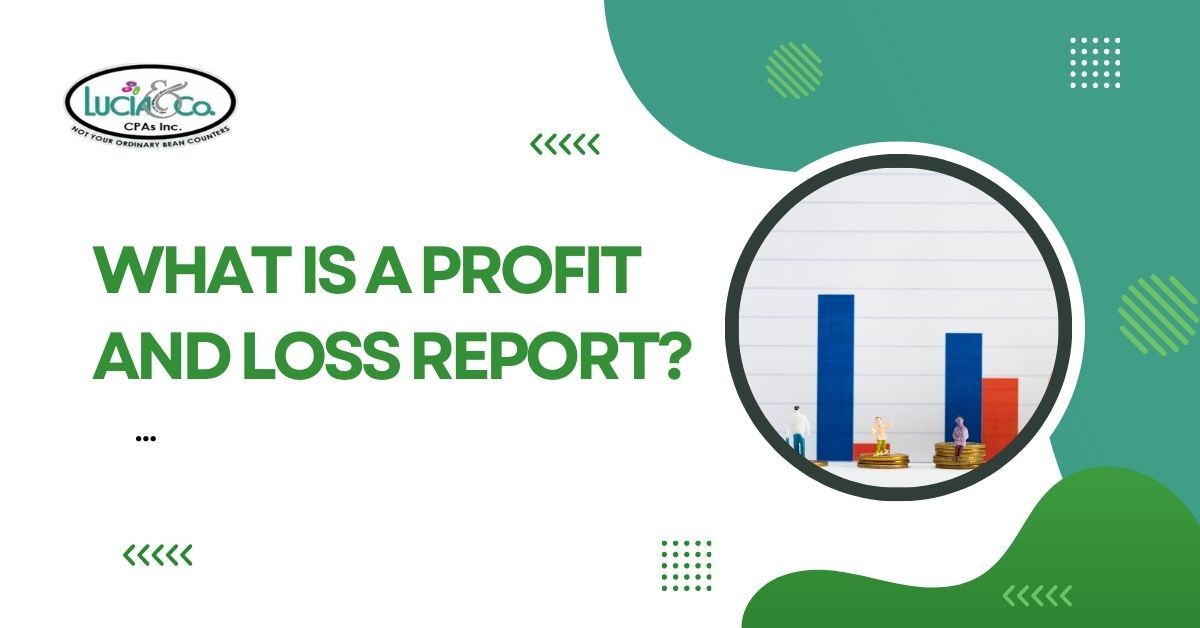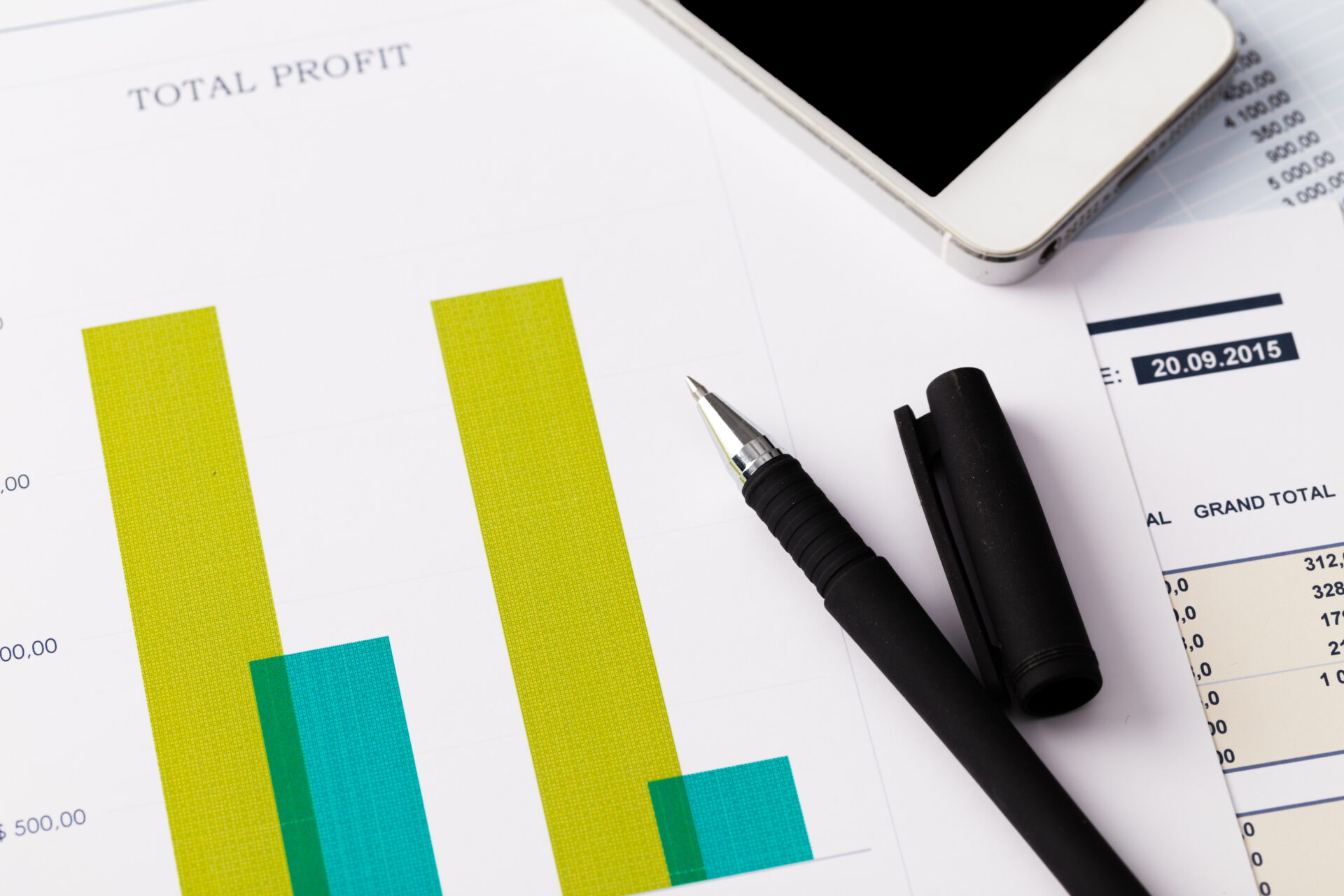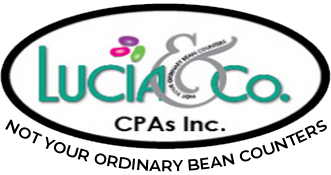Main Takeaways:
- A Profit & Loss (P&L) Report shows a company’s revenues, expenses, and net profit or loss over a specific period.
- It’s a key tool for measuring business performance and guiding strategic decisions.
- Also known as an income statement or statement of operations, it’s used across industries.
- Investors, lenders, and owners use P&Ls to assess profitability, efficiency, and financial trends.
- Works together with the balance sheet and cash flow statement for a complete financial picture.
- Can be prepared using accrual or cash-basis methods, each offering different insights.
- Serves as a financial scorecard, helping businesses identify strengths, issues, and growth opportunities.
If you run a business, whether it’s a small start-up or an established company, understanding your financial health is key to making smart decisions. One of the most useful tools for this is the profit and loss report. But what exactly is this report, and why does it matter? In this article, we’ll break it down step-by-step in a way that’s easy to understand. You’ll learn what a profit and loss report includes, how to use it, and how it can help you manage your business more effectively.
What Is a Profit and Loss Report?
A profit and loss report, also known as a P&L statement or income statement, shows your business’s revenues, expenses, and profits (or losses) over a certain period. It can cover a month, a quarter, or a full year. The goal is to provide a clear picture of how much money your business is making and how much it’s spending.
In simple terms, this report tells you if your business is making money or losing money.
Key Sections of a Profit and Loss Report
Revenue (Sales)
This is the money your business earns from selling products or services. It’s the top line of the report because all other numbers subtract from it. Revenue can be broken down into categories like product sales, service income, and other operating income.
Cost of Goods Sold (COGS)
COGS refers to the direct costs involved in producing your goods or services. For example, materials, labor, and manufacturing costs fall under COGS. When you subtract COGS from revenue, you get gross profit.
Gross Profit
Gross profit = Revenue – COGS. This tells you how much money you made from sales before paying for other expenses like rent, utilities, or salaries.
Operating Expenses
These are costs that keep your business running, such as:
- Rent
- Utilities
- Office supplies
- Marketing
- Payroll
- Insurance
- Professional services (e.g., legal and accounting fees)
Net Profit (or Loss)
After subtracting operating expenses from gross profit, you get net profit. If the number is positive, your business made money. If it’s negative, you have a net loss.
Why the Profit and Loss Report Matters
Understanding your profit and loss report helps you:
- Measure profitability
- Identify wasteful spending
- Set realistic budgets
- Spot trends over time
- Make better financial decisions
This report is also important when applying for loans, attracting investors, or preparing for tax season. Lenders and investors often ask for a P&L statement to assess how well your business is performing.
Real-World Example of a Profit and Loss Report
Let’s say you own a small bakery. Here’s how your P&L report might look for one month:
- Revenue: $20,000
- COGS (ingredients, packaging): $8,000
- Gross Profit: $12,000
- Operating Expenses (rent, wages, utilities, marketing): $9,000
- Net Profit: $3,000
This simple breakdown helps you see exactly where your money goes and what’s left after all expenses.
How Often Should You Review Your Profit and Loss Report?
Most businesses create P&L reports monthly, quarterly, and annually. Monthly reports help you stay on top of cash flow and catch issues early. Quarterly and annual reports give you a broader view of your financial progress.
Regularly reviewing these reports lets you compare past performance and plan for the future.
Forecasting with Profit and Loss Reports
P&L reports can also help you forecast future earnings. By analyzing past performance, you can predict future revenue, plan for seasonal trends, and set financial goals. Forecasting also helps in identifying when it might be a good time to invest in equipment, hire staff, or expand operations.
Common Mistakes to Avoid
Ignoring Small Expenses
Even small expenses add up. Forgetting to record them can make your report inaccurate.
Mixing Business and Personal Finances
Keep business and personal expenses separate to get a true picture of your business’s performance.
Not Reviewing Reports Regularly
Waiting too long to check your financials can lead to missed opportunities or bigger problems.
How to Create a Profit and Loss Report
You can create a profit and loss report manually or use accounting software. Here’s a basic process:
- List your revenue.
- Subtract COGS to get gross profit.
- List your operating expenses.
- Subtract operating expenses from gross profit.
- The result is your net profit or loss.
Popular tools like QuickBooks, Xero, and FreshBooks can automate this process and reduce errors.
Using the Profit and Loss Report for Decision-Making
This report isn’t just for tax time. It’s a roadmap for your business. Here are ways to use it:
Budget Planning
Knowing your income and expenses helps you set realistic spending limits and savings goals.
Tracking Growth
Compare reports over time to see if your business is growing, shrinking, or staying the same.
Managing Cash Flow
While the P&L report doesn’t show cash flow directly, it helps you anticipate upcoming costs and make sure you have enough cash on hand.
Setting Prices
By understanding your costs and profit margins, you can set prices that keep you competitive and profitable.
Preparing for Tax Filing
Your P&L report makes it easier to prepare tax returns, especially when working with a CPA. It ensures all income and deductible expenses are accurately recorded.
Financial Health Metrics from the Profit and Loss Report
From your P&L report, you can calculate useful metrics, such as:
- Gross margin: Gross profit divided by revenue
- Net profit margin: Net profit divided by revenue
- Expense ratio: Total expenses divided by revenue
These ratios help you compare performance over time and against industry standards.
Industry-Specific Considerations
Different industries may have unique elements in their profit and loss reports. For example:
- Restaurants track food and beverage costs closely.
- Service-based businesses focus on labor costs.
- Retail stores monitor inventory and shrinkage.
- Construction firms track project-specific expenses and materials.
Understanding these nuances can help you make smarter business decisions tailored to your field.
The Difference Between a Profit and Loss Report and Other Financial Statements
It’s important to know how the profit and loss report compares to other key financial documents:
Balance Sheet
Shows assets, liabilities, and equity at a specific point in time. It complements the P&L by showing what you own and owe.
Cash Flow Statement
Tracks cash coming in and going out. Useful for understanding liquidity, while the P&L focuses on profitability.
All three reports together give a complete picture of your business’s financial health.
Working with Lucia & Co. CPAs, Inc.
Accurate and timely P&L reports require solid bookkeeping and financial oversight. That’s where Lucia & Co. CPAs, Inc. comes in. Their team of experienced professionals helps business owners with:
- Monthly bookkeeping
- Financial statement preparation
- Tax planning and filing
- Budgeting and forecasting
- Compliance and audit support
Let Lucia & Co. CPAs, Inc. Help You Stay on Track
At Lucia & Co. CPAs, Inc., we know how valuable a clear, accurate profit and loss report is to your business. Our team offers expert accounting services tailored to your needs. Whether you’re looking to improve profitability, prepare for tax time, or gain insights for better decisions, we’re here to help. Contact Lucia & Co. CPAs, Inc. today to schedule a consultation and take control of your business finances with confidence.




